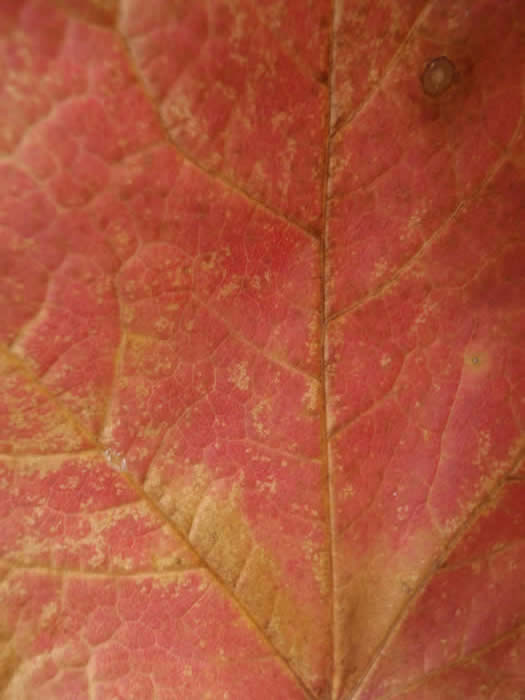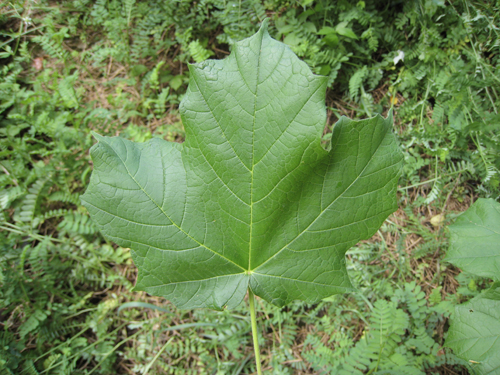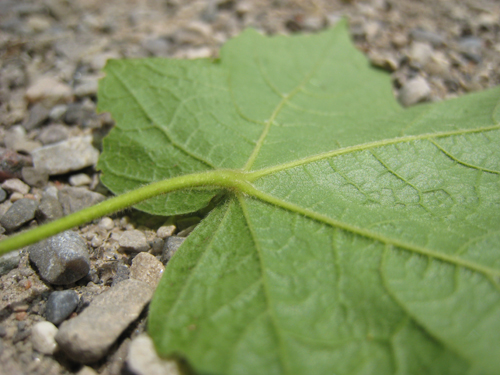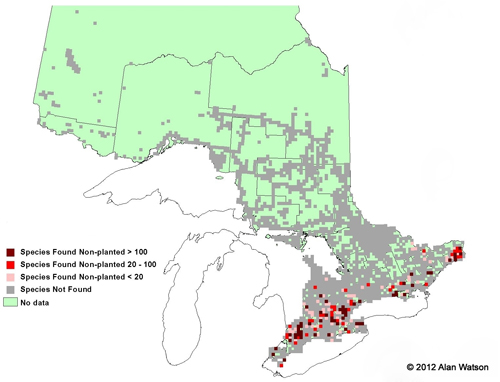black maple
black maple - Acer saccharum subsp. saccharum
Black maple is a less-common subspecies of the sugar maple, but its hard, strong wood is an important part of the furniture and flooring industries. Black maples can cross with the more common sugar maples, forming offspring with mixed characteristics. Black maple leaves can be distinguished by the undersides, which are soft and downy, and their drooping, limp appearance. By contrast, sugar maple leaves are much flatter and hairless, and tend to be a brighter yellowish-green.

The bark of the black maple is sometimes darker than that of the sugar maple but, as this photo of a lighter specimen shows, this is not a consistent feature. Photo by Brian Lacey.

Most leaves turn yellow-brown in the fall but some can be orange.

This black maple leaf has a lot of orange in it.

Black maple leaves usually only have three distinct lobes and are more rounded and droopy than sugar maples. Photo by Brian Lacey.

The undersides of black maple leaves are fuzzy. Photo by Brian Lacey.

Ontario Tree Atlas map of non-planted Black Maples. 1995-1999.
Return to the tree listings page
References
Farrar, J.L.. 1995. Trees in Canada. Fitzhenry & Whiteside Ltd. Toronto. ON. 504 pp.
Kershaw, L. 2001. Trees in Ontario: Including tall shrubs. Lone Pine Publishing. Edmonton. AB. 240 pp
Muma, W. 2011. Ontario Trees and Shrubs. [Online] Available: www.ontariotrees.com
OMNR, 2011. Ontario Ministry of Natural Resources: Ontario Tree Atlas. [Online] Available: http://www.mnr.gov.on.ca/en/Business/ClimateChange/2ColumnSubPage/267027.html
OMNR, 2008. Ontario’s Biodiversity: Species at Risk.